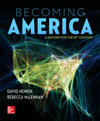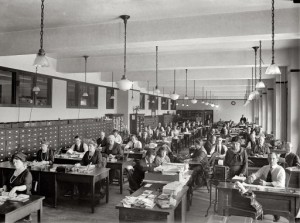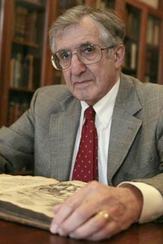Denotatively, Technically, Literally
The Literary and Its Outsides
Tuesday, April 1, 5–7:00 pm
Geballe Room, 220 Stephens Hall
Townsend Center for the Humanities
UC Berkeley
Presenters:
Margaret Cohen (Stanford University)
Ian Duncan (UC Berkeley)
Elaine Freedgood (New York University)
Cannon Schmitt (University of Toronto)
Discussants:
Stephen Best (UC Berkeley)
Kent Puckett (UC Berkeley)
Four contributors to the current special issue of Representations (No. 125, Winter 2014), co-edited by Elaine Freedgood and Cannon Schmitt, will offer reflections on language–denotative, technical, literal–conventionally excluded from critical reading and, thus, from “literature.” Discussants include Stephen Best (editorial board, Representations, co-editor of the special issue “Surface Reading,” No. 108, 2009) and Kent Puckett (co-chair, editorial board, Representations).
Co-sponsored by:
Representations
The Doreen B. Townsend Center for the Humanities, UCB
The Nineteenth Century and Beyond Working Group, UCB
The Florence Green Bixby Chair in English, UCB



